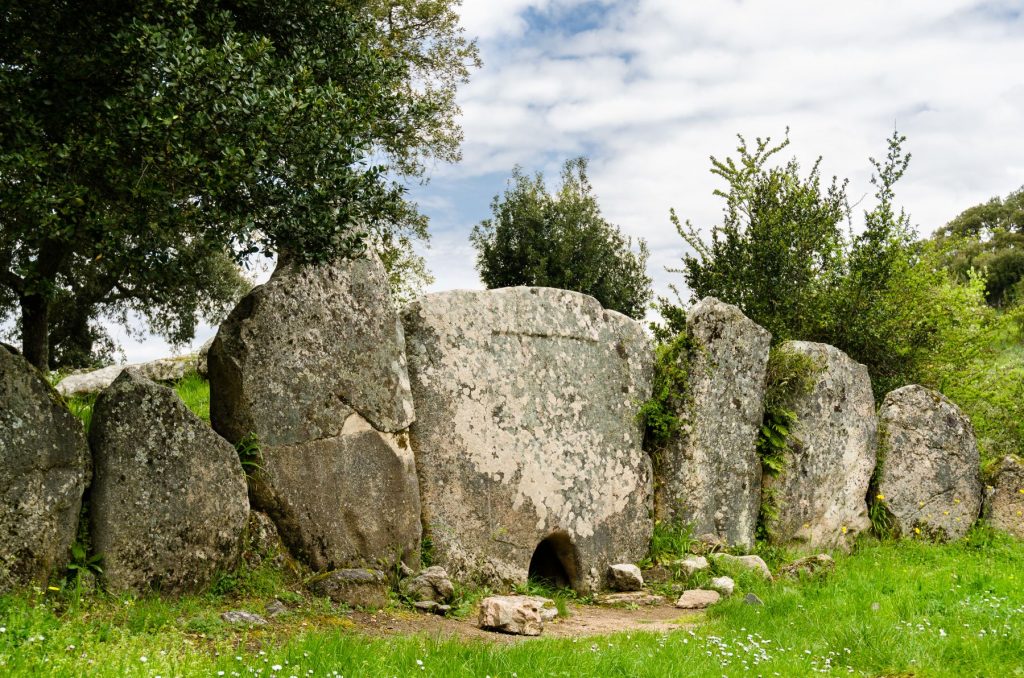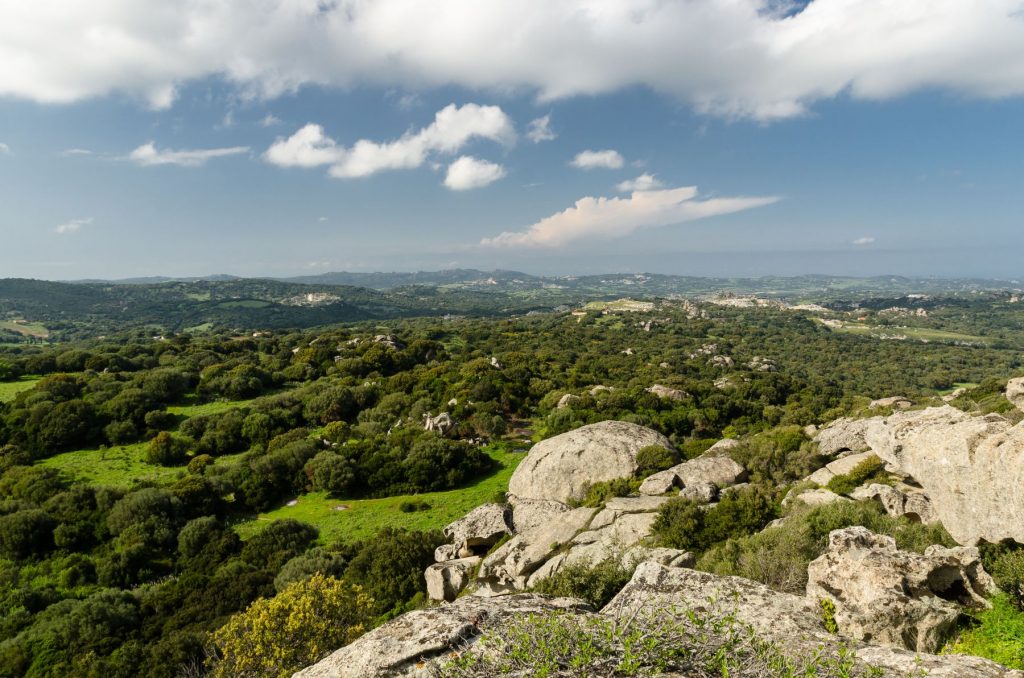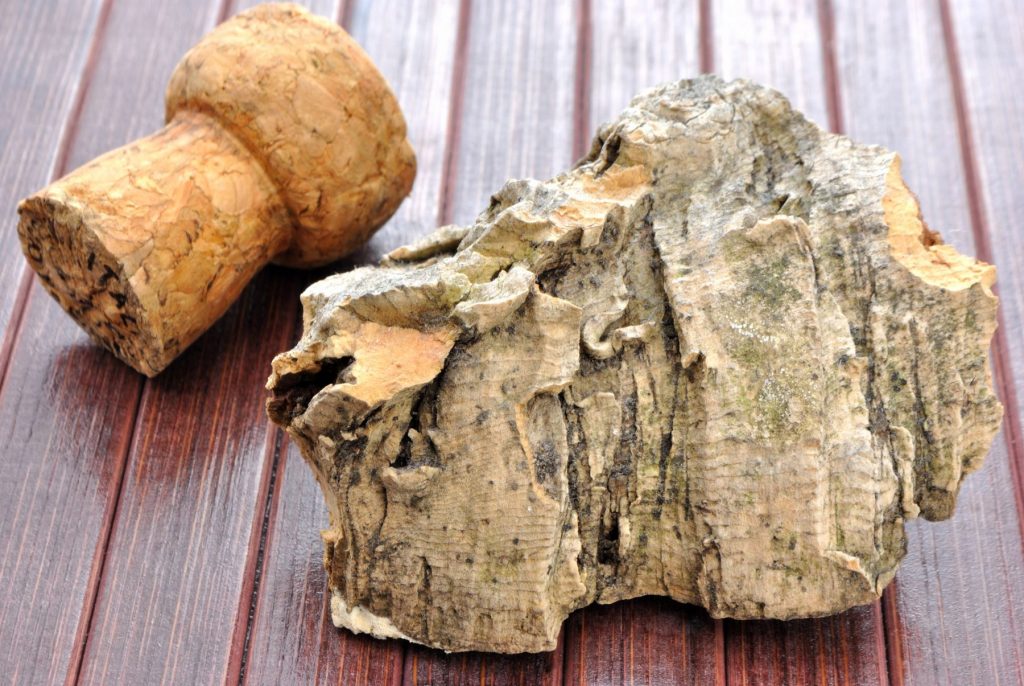In the northeast part of Sardinia, in the area known as Gallura, we find the small village of Calangianus. It is surrounded by cork oak trees which are part of this area’s cultural heritage. Let’s find out more!
Where Is Calangianus?
Calangianus is a village located 560 meters above sea level, in a plateau which is part of the Regional Natural Park of Mount Limbara, occupying an area of 13,000 hectares. It is part of the Olbia-Tempio province and is just 35 kilometers from Olbia. In less than half an hour by car, you can reach the most famous beaches and resorts of the Costa Smeralda.
Calangianus’ Historic Center
The historic center is made up of narrow streets and exposed granite buildings. The buildings are generally multi-story and form an irregular road network, typical of the old centers of Gallura. One thing for certain is that Gallura is an ancient land and already existed in the Medieval period. The first document confirming this dates back to 1162.
In a small piazza in the historic center, lies the parish church of Santa Giusta dating back to the 1500s. The oratories of the Rosary and Santa Croce are annexed to the church, where a precious painting of the Assumption by the painter Andrea Lussu is kept. In the oratory of the Rosary, there is an interesting museum of sacred art where among the many objects on display you can admire paintings from the 1700s. A short distance from the parish church is the church of Sant’Anna. Dating back to 1665 and recently restored, this gem was built with exposed granite. In the lower part of the town, a short distance from the main square called Piazza del Popolo, you can admire the church of Santa Maria Degli Angeli, with the adjoining Capuchin convent, dating back to the 1700s.
Calangianus’ Cork
Up until the 1800s, the area survived on agriculture and livestock. Around the year 1800, a wealthy entrepreneur began extracting and processing cork from the local cork oak trees (Quercius suber). Even today, this is still one of the main industries. Everything from wine corks to other artisan crafts is still made here. It’s not by chance that Calangianus has been awarded the title of the “Italian Cork Capital”. There’s even a cork museum located in the eighteenth-century convent. Granite mining and processing has also made the area famous.
Calangianus is much more than just cork and granite. There are several established wineries in the area that produce excellent wines such as the famous Fermentino di Gallura. Rich soil produces some award-winning results that are becoming known throughout the world.
Events and Festivals in Calangianus
Throughout the year there are many events in the area that celebrate the local traditions and products. The local cattle are also prized both in Italy and worldwide. Summertime festivals known as sagre attract both locals and international tourists who venture away from the crowded beaches into the heartland of Sardinia.
Religious and folkloristic festivals fill the town streets with cheer as well. The Feast of the Madonna delle Grazie and of Santa Caterina in April, or Capidanu in September are some of the most popular. These festivals are organized by the Santa Croce Confraternity which after about 60 years has resumed its activity including the festivities surrounding Holy Week.
During Christmas time, for several years now, the tourist association Contiamoci has organized the living nativity scene. On this occasion, ancient crafts and clothing play an important role. This event which takes place in the historic center attracts thousands of visitors each year.
Archaeology in Calangianus
In the Calangianus area, there are several nurhag (an ancient stone building), some of which are still intact and others in ruins, that date back to the Bronze Age. In Pascaréddha there is the “Giants’ Tomb” dating back to the pre-Nuragic period and, in the immediate vicinity, you can admire the Funtana di li Paladini dating back to the same period.




